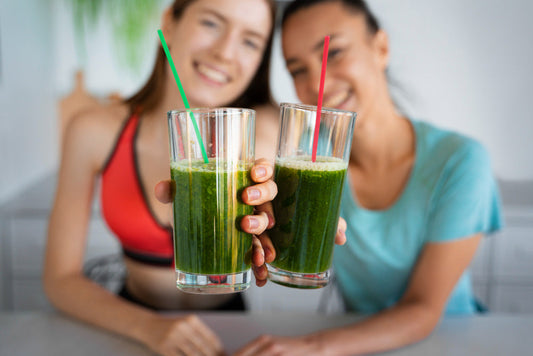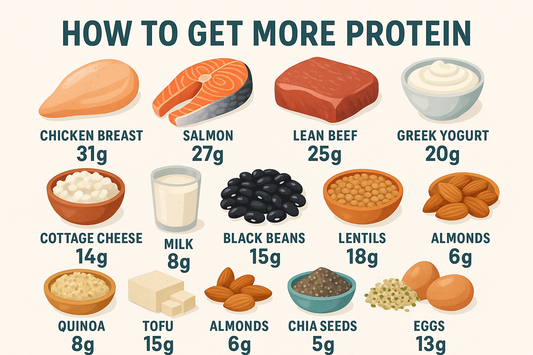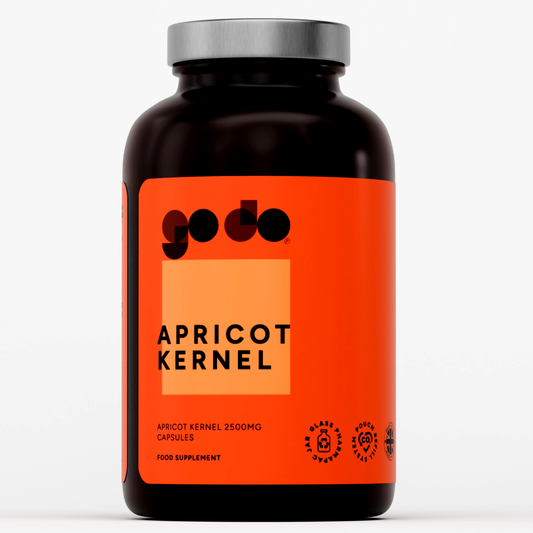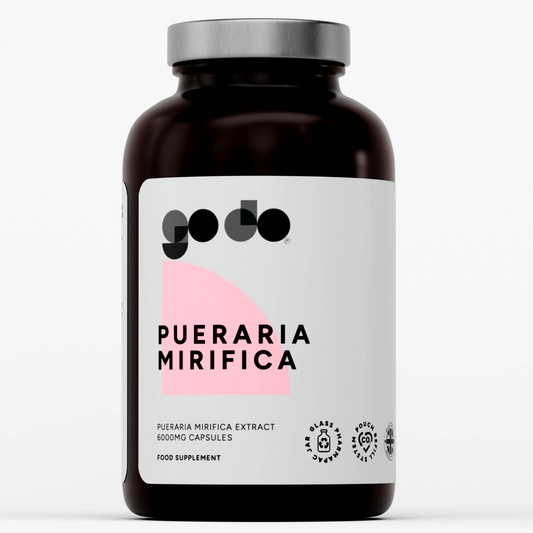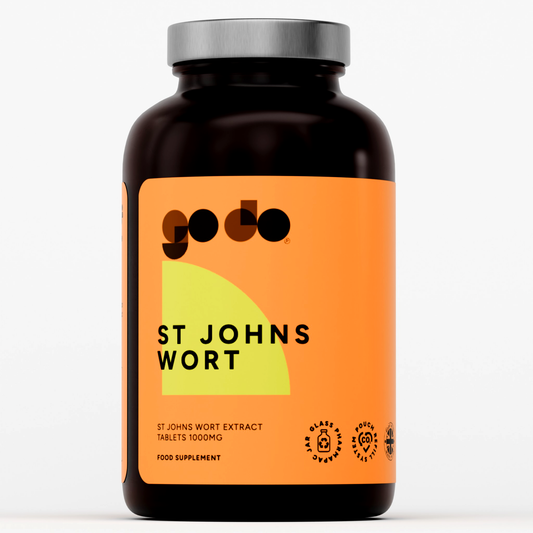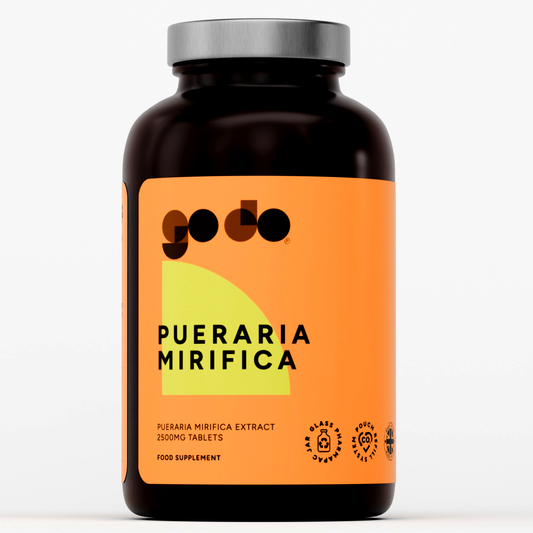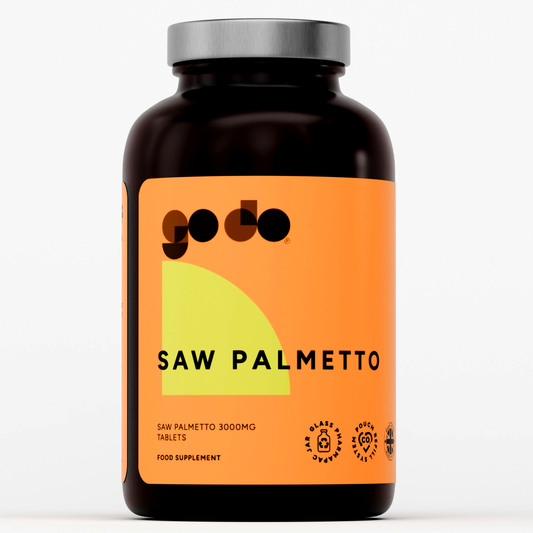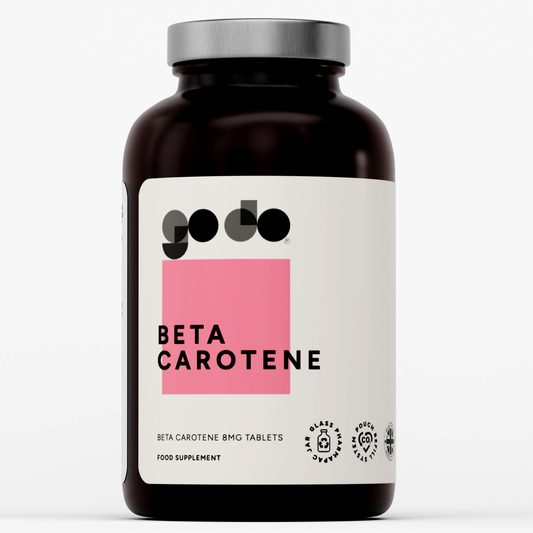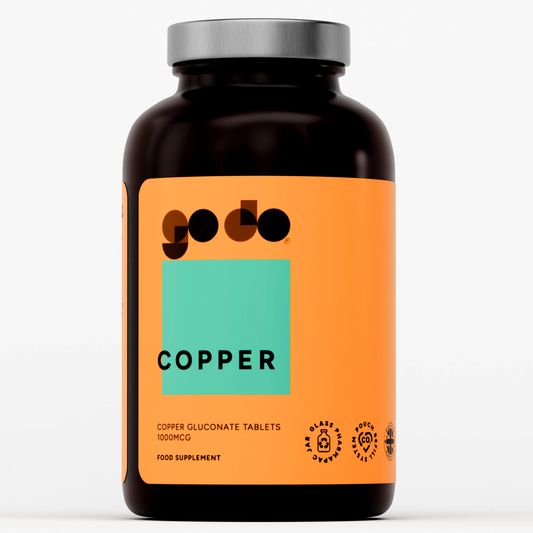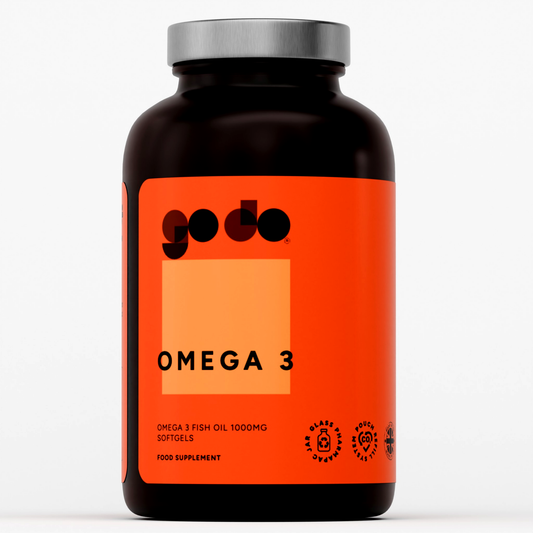The 100-meter freestyle is swimming's purest speed test—a race that demands explosive power, technical precision, and the ability to maintain maximum effort while oxygen-deprived. Often called the "blue ribbon event" of swimming, the 100m free separates casual swimmers from competitive athletes with stark clarity. But what constitutes an "average" time depends entirely on your level and experience.
The Speed Spectrum: From Pool Laps to Olympic Finals
Casual Swimmers: Building Fundamentals
For recreational swimmers who hit the pool occasionally for fitness or fun, completing 100 meters in 1:45–2:00 minutes represents typical performance. At this level, many swimmers are still developing basic stroke mechanics, efficient breathing patterns, and the cardiovascular conditioning required to sustain continuous swimming.
A 1:50 time means averaging about 55 seconds per 50 meters—a pace that allows for controlled breathing and consistent technique without excessive fatigue. Many casual swimmers at this level take several breaths per lap, prioritize staying relaxed over maximum speed, and may slow noticeably in the second 50 meters as fatigue sets in.
The wide variation within this range reflects differences in natural athleticism, previous swimming experience, and general fitness. Someone with a strong aerobic base from running or cycling might naturally swim faster than someone new to cardiovascular exercise, even with similar technique.
Club-Level Swimmers: Developing Speed
Swimmers who train regularly with a team or masters program typically post times between 1:15–1:30. This represents a significant jump from casual swimming and reflects improved stroke efficiency, better conditioning, and more sophisticated race strategy.
At this level, swimmers understand the importance of streamlining off each wall, can maintain proper body position throughout the race, and have developed the breathing rhythm that allows them to take fewer breaths without oxygen deprivation. A 1:20 swimmer averages 40 seconds per 50 meters—a pace that requires genuine effort and good technique.
Club swimmers at the faster end of this range (1:15–1:20) often compete in local and regional meets, train 3–5 times per week, and have spent years refining their stroke mechanics. They've learned to balance the explosive start and turns with sustainable speed through the middle of the race.
Competitive High School and Age Group Swimmers: Serious Speed
High school varsity swimmers and competitive age group athletes typically range from 58 seconds to 1:10, depending on age, gender, and training level. This is where swimming transforms from recreational activity to serious athletic pursuit.
Boys' high school varsity swimmers often finish between 50–58 seconds, with top swimmers breaking 50. Girls' high school varsity times typically fall between 55 seconds and 1:05, with elite high school girls swimming under 55.
These athletes train 5–7 days per week, follow structured programs that include drills, strength training, and race-specific sets. They understand pacing strategy, can execute efficient flip turns at speed, and have developed the mental toughness to push through oxygen debt in the final 25 meters.
College-Level Swimming: Elite Amateur Performance
NCAA Division I swimmers represent another substantial leap in performance. Men's Division I swimmers typically range from 43–48 seconds for the 100 free, with top conference swimmers breaking 43. Women's Division I times usually fall between 48–54 seconds, with elite college swimmers going under 49.
To qualify for the NCAA Division I Championships, men generally need times around 44.5 seconds or faster, while women need approximately 49.5 seconds or faster. These standards shift slightly each year based on the depth of talent.
College swimmers train 15–20 hours per week, combining pool sessions with dryland training, strength work, and flexibility exercises. Their technique approaches mechanical perfection, with every aspect of the stroke optimized for speed—from hand entry angles to kick timing to breathing patterns.
Professional and Elite-Level Swimming: World-Class Speed
At the highest levels of competitive swimming, times become truly extraordinary. Elite male swimmers finish the 100m freestyle in under 48 seconds, with the absolute best in the world going well under 47 seconds.
The current world record stands at 46.86 seconds, set by Australia's Kyle Chalmers in 2024. For context, this means Chalmers averaged 23.43 seconds per 50 meters while maintaining perfect technique and generating maximum power. Other recent sub-47 swimmers include Caeleb Dressel (46.96), David Popovici (46.86), and Pan Zhanle (46.80).
Elite women swimmers complete the 100m free in under 52 seconds, with the world's best going under 51. The women's world record is 51.71 seconds, set by Australia's Sarah Sjöström in 2017. Other elite women like Emma McKeon, Simone Manuel, and Cate Campbell have all broken 52 seconds.
These times represent the absolute pinnacle of human swimming performance—the result of genetic advantages, perfect technique developed over decades, world-class coaching, and training volumes that would break most recreational swimmers.
What Determines 100m Freestyle Speed?
Understanding the factors that influence 100m freestyle performance reveals why some swimmers glide effortlessly while others struggle despite maximum effort.
Stroke efficiency sits at the foundation. The freestyle stroke, when executed properly, generates maximum propulsion with minimum wasted energy. Elite swimmers achieve what's called a high "distance per stroke"—they cover more pool with each stroke cycle than less efficient swimmers.
Key technical elements include: high elbow catch (keeping the elbow high during the pull phase to maximize water displacement), proper hand entry (entering at shoulder width to minimize drag), efficient kick timing (six-beat kick synchronized with arm pulls for most sprinters), and streamlined body position (horizontal alignment with minimal drag).
Turns and underwater work can make or break a 100m time. The flip turn itself takes less than a second when executed properly, but poor turns cost 2–3 seconds over the course of 100 meters. Elite swimmers explode off the wall with powerful dolphin kicks, often staying underwater for 15 meters (the maximum allowed) before surfacing.
The underwater phase after starts and turns often represents the fastest swimming in the entire race. Swimmers can achieve higher velocities underwater through streamlined dolphin kicking than they can with surface freestyle, making this phase crucial for competitive times.
Breathing pattern affects both speed and sustainability. Every breath creates asymmetry in the stroke and slightly slows forward progress. Elite sprinters minimize breathing—some take only 3–4 breaths total in a 100m race, while others develop bilateral breathing patterns that maintain better balance.
The challenge lies in balancing oxygen needs with speed. Holding your breath too long leads to oxygen debt and slowing in the second half, while breathing too frequently sacrifices speed. Finding the optimal pattern requires experimentation and race-specific training.
Start and reaction time matter significantly in a race decided by hundredths of a second. The starting dive generates initial velocity that, when combined with powerful underwater dolphin kicks, can give swimmers a meter or more advantage in the first 15 meters. Elite swimmers practice thousands of starts, optimizing their angle of entry, streamline position, and transition to swimming.
Pacing strategy separates smart racers from those who burn out. The 100m free requires going out fast but not so fast that you die in the second 50. Most elite swimmers aim to split the race relatively evenly, with the first 50 only 0.5–1.5 seconds faster than the second 50. Going out too conservatively leaves time on the table; going out too aggressively leads to dramatic slowdowns.
Physical conditioning encompasses several components. Anaerobic capacity allows swimmers to generate power in the absence of sufficient oxygen. Muscular endurance in the shoulders, core, and legs maintains stroke quality when fatigued. Flexibility—particularly in the shoulders and ankles—enables efficient technique and reduces injury risk.
Body composition and anthropometrics play undeniable roles. Swimmers with longer arms have natural leverage advantages. Larger hands and feet act as bigger paddles. Taller swimmers often (but not always) have advantages in sprints. Lean muscle mass generates power, while excess body fat creates drag.
Mental toughness becomes critical in the final 25 meters when oxygen debt peaks and every stroke feels labored. The ability to maintain technique and push through discomfort separates winners from also-rans at competitive levels.
Gender and Age Differences
Biological sex creates clear performance differences in swimming, just as in other sports. Men typically swim 8–12% faster than women at equivalent competitive levels, reflecting differences in upper body strength, lung capacity, and body composition.
Age significantly affects performance as well. Swimmers typically peak in their early-to-mid 20s, though many maintain elite performance into their 30s with proper training. Youth swimmers improve rapidly through their teenage years as they gain strength, improve technique, and develop race maturity.
Masters swimming (age 25+) uses age group categories with adjusted standards. A 1:00 100m free for a 45-year-old masters swimmer represents exceptional performance equivalent to much faster times for younger athletes.
Pool Length Matters: Short Course vs. Long Course
An important technical note: 100m freestyle times vary significantly between short course (25-meter pools) and long course (50-meter pools). Short course times run approximately 2–4 seconds faster because swimmers get twice as many turns—and turns generate free speed through the push-off and underwater phase.
World records and Olympic competition use long course (50m) pools, making those times the standard for comparison. Many indoor pools, particularly in the United States, are 25 yards (short course yards), which produces different times entirely and requires conversion tables for comparison.
When discussing times, always specify the pool length to ensure accurate comparisons.
How to Improve Your 100m Freestyle Time
For swimmers looking to drop seconds off their 100m time, targeted improvements yield measurable results.
Technical coaching provides the fastest initial improvements. Video analysis reveals stroke flaws invisible to the swimmer. Common issues include crossing over at hand entry, dropping the elbow during the pull, scissor kicking, and lifting the head too high to breathe. Fixing these inefficiencies can drop 5–10 seconds off a casual swimmer's time without any increase in fitness.
Interval training builds the specific conditioning needed for 100m racing. Sets like 10x50m at race pace with short rest develop speed endurance. Broken 100s (swim 4x25 with 10 seconds rest, trying to match goal race time) build race-specific fitness. Sprint sets of 25s and 50s at maximum effort develop top-end speed.
Turns and underwater work deserve dedicated practice. Approach-turn-pushoff-breakout sequences repeated 20–30 times per session build the muscle memory and power required for fast turns. Streamline drills and underwater dolphin kick sets strengthen this crucial phase.
Strength and power training supports faster swimming. Core exercises maintain body position. Shoulder strengthening and stability work prevents injury while building pulling power. Leg strength from squats and plyometrics enhances kick power and turn pushoffs.
Breathing discipline requires race-specific practice. Hypoxic training (limiting breaths during practice sets) builds comfort with oxygen debt, though this should be done carefully and progressively.
Race practice matters enormously. Swimming at race pace in practice—experiencing the discomfort and learning to maintain technique when fatigued—prepares you mentally and physically for competition.
Realistic Improvement Expectations
Swimmers new to structured training often see dramatic improvements—dropping 15–30 seconds in their first 6 months isn't unusual. A casual swimmer moving from 1:50 to 1:20 through improved technique and regular training represents achievable progress.
Intermediate swimmers might expect 5–10 second improvements over a full season of consistent training. A club swimmer going from 1:20 to 1:12 over a year demonstrates solid progression.
Advanced and elite swimmers fight for every second. Competitive swimmers might spend an entire season chasing a 1–2 second improvement. At the highest levels, hundredths of a second separate podium positions, and athletes train for years to drop half a second.
The Bottom Line
The 100-meter freestyle spans an enormous range of human capability. A casual swimmer completing the distance in 1:50 demonstrates basic competence and fitness. A club swimmer finishing in 1:20 shows dedication and improved technique. A competitive swimmer breaking 60 seconds represents serious athletic achievement. Elite swimmers going under 50 seconds showcase the absolute peak of human swimming performance.
But here's what matters most: your time is meaningful in context. Improvement relative to your own baseline—whether you're working to break 2:00 or chasing 50 seconds—represents genuine athletic development. The 100m freestyle rewards technical mastery, strategic racing, and the willingness to push through significant discomfort. Whatever your current level, understanding the spectrum of performance and the factors that influence speed helps you set realistic goals and chart a path toward faster swimming.






